No products in the cart.
Sempervivum arachnoideum x tectorum
Sempervivum arachnoideum x tectorum stands out for combining the webbed aesthetic of S. arachnoideum with the larger, more robust nature of S. tectorum.
Rated 0 out of 5
0 customer reviews
4,90 €
Only 12 item(s) left in stock!
Tags: couvre sol, feuillage persistant, graphique, secheresse, soleil, toits vegetalisés, vivace, xeriscaping
SKU: pda313
Category: Balcony-Friendly, Bees and Butterflies, Evergreen, Frost Hardy, Ground Cover, The Stunners
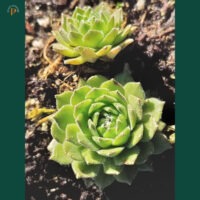
Sempervivum arachnoideum x tectorum
4,90 €
Only 12 item(s) left in stock!
Sempervivum arachnoideum x tectorum stands out for combining the webbed aesthetic of S. arachnoideum with the larger, more robust nature of S. tectorum.
The leaves form geometric rosettes that are tinged with pink – the pink becomes more pronounced under stress such as exposure to cold or bright bright light.
And they look like they are covered with spiderwebs!!
It’s a plant with so many powers – read the Tales below to get a sense of what it is doing!
The blooms are star-shaped and range from pink to reddish hues, with a striking appearance that attracts pollinators like bees
Nota bene:
-
- After blooming, the rosette will die.
- But, like other Sempervivum, this hybrid produces numerous offsets (small rosettes) or pups, which makes it perfect for propagation, gift-giving or ground covers.
The Tales:
This cultivar is a fusion between the common houseleek (Sempervivum tectorum) and the cobweb houseleek (Sempervivum arachnoideum).
It is sometimes known and sold under the name Sempervivum x fauconnetii.
The Theories:
There are multiple theories as to why the hairs arrange themselves across the tips of the leaves.
-
- Water Optimization – Thick pubescence on leaves is often a method to reduce water loss and desiccation. The hairs break up airflow on the leaf surfacem reducing evapotranspiration across the surface of the leaves.
- Shade – Sun in xeric or high altitude environments can be brutal on small succulent plants, so a little self made shade can help. I have observed that the filaments become more numerous and more densely packed in the summer, especially if they are exposed to direct sunlight.
What about you?
What are your experiences with the threads of a Sempervivum arachnoideum x tectorum?
Other Names:
Houseleek
Origin:
Southern Europe
| Weight | 0,2 kg |
|---|---|
| Flower Color | Pink |
| Flowering | June, July, August |
| Frost Tolerance | -25°C to -30°C |
| Exposure | Full Sun |
| Soil | Dry, Rocky/Well-Draining |
| Size | 0.1m H x 0.6m W |
Reviews
0
Rated 0 out of 5
0 customer reviews
5
0
4
0
3
0
2
0
1
0
Only logged in customers who have purchased this product may leave a review.
Related Products
Erigeron kavinskianus
A daisy-like carpet of flowers
A daisy-like carpet of flowers
Rated 0 out of 5
Echinacea purpurea
A perennial with purple flowers all summer long
A perennial with purple flowers all summer long
Rated 0 out of 5
Sedum album
A low, multi-color ground cover.
A low, multi-color ground cover.
Rated 0 out of 5
Vinca minor
Looping elegance and ability to form a low flowering ground cover
Looping elegance and ability to form a low flowering ground cover
Rated 0 out of 5
Euphorbia cyparissias Clarice Howard
A Euphorbia that resembles a soft little cyprus tree
A Euphorbia that resembles a soft little cyprus tree
Rated 0 out of 5
Trachelospermum asiaticum ‘Ogon Nishiki’
Jasmine with colorful foliage and lovely white flowers in summer
Jasmine with colorful foliage and lovely white flowers in summer
Rated 0 out of 5
Hieracium maculatum ‘Leopard’
A native perennial with blue-green leaves and a tall yellow flower
A native perennial with blue-green leaves and a tall yellow flower
Rated 0 out of 5
Euphorbia myrsinites
Known for its draping form of silver-gray foliage and radiant blooms.
Known for its draping form of silver-gray foliage and radiant blooms.
Rated 0 out of 5
Artemisia ludoviciana ‘Valerie Finnis’
A semi-evergreen, aromatic variation on the theme of Artemisia.
A semi-evergreen, aromatic variation on the theme of Artemisia.
Rated 0 out of 5
Tanacetum densum subsp. amani
A shrublet composed of soft, finely divided silvery gray-white leaves.
A shrublet composed of soft, finely divided silvery gray-white leaves.
Rated 0 out of 5
Cerastium tomentosum var. columnae
A grey-green spreading ground cover from the mountains.
A grey-green spreading ground cover from the mountains.
Rated 0 out of 5
Stachys byzantina
Silky white-grey leaves and tall striking flowers
Silky white-grey leaves and tall striking flowers
Rated 0 out of 5
Glechoma hederacea
A sweet smelling ground cover, producing little blue flowers all summer long.
A sweet smelling ground cover, producing little blue flowers all summer long.
Rated 0 out of 5
Tradescantia andersoniana ‘Blushing Bride’
A Tradescantia with gorgeous blushes of pink and white that appear in the coldest nights.
A Tradescantia with gorgeous blushes of pink and white that appear in the coldest nights.
Rated 0 out of 5
Mentha x piperita ‘Chartreuse’
A spicy mint, known for its use in the production of liqueurs and herbal teas.
A spicy mint, known for its use in the production of liqueurs and herbal teas.
Rated 0 out of 5
Melissa officinalis
A perennial plant in the mint family that is adored by bees, royal families and tea drinkers.
A perennial plant in the mint family that is adored by bees, royal families and tea drinkers.
Rated 0 out of 5
Kalanchoe daigremontiana
A toothy succulent from Madagascar, known as the Mother of Thousands.
A toothy succulent from Madagascar, known as the Mother of Thousands.
Rated 0 out of 5
Hellebore argutifolius
Winter flowering perennial with marbled blue-green leaves
Winter flowering perennial with marbled blue-green leaves
Rated 0 out of 5
recent view product
Hieracium maculatum ‘Leopard’
A native perennial with blue-green leaves and a tall yellow flower
A native perennial with blue-green leaves and a tall yellow flower
Rated 0 out of 5
Artemisia absinthium ‘Lambrook Silver’
A highly fragrant, beautifully silver-grey bush with soft leaves and yellow flowers.
A highly fragrant, beautifully silver-grey bush with soft leaves and yellow flowers.
Rated 0 out of 5
Festuca glauca
An ornamental, metallic blue grass
An ornamental, metallic blue grass
Rated 0 out of 5
Crassula tetragona
A succulent with dark green, sword-shaped leaves.
A succulent with dark green, sword-shaped leaves.
Rated 0 out of 5
Echinacea purpurea
A perennial with purple flowers all summer long
A perennial with purple flowers all summer long
Rated 0 out of 5

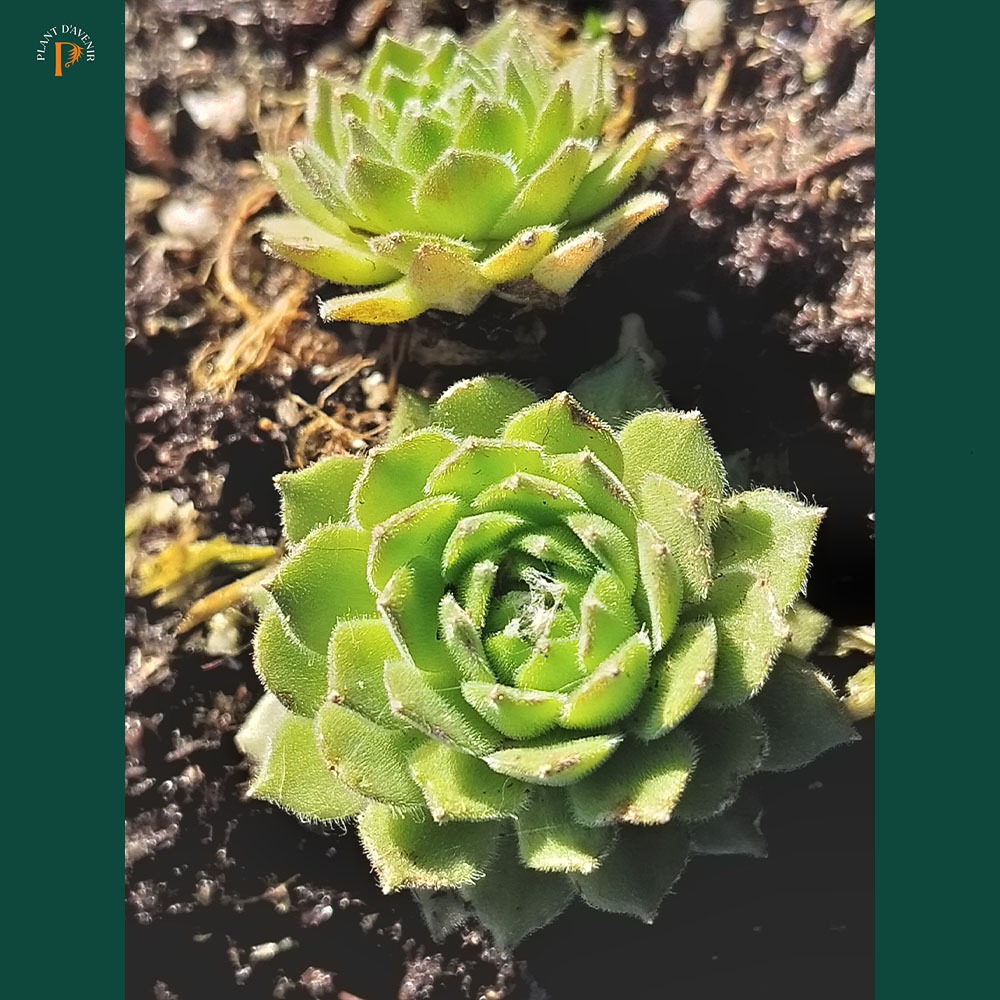
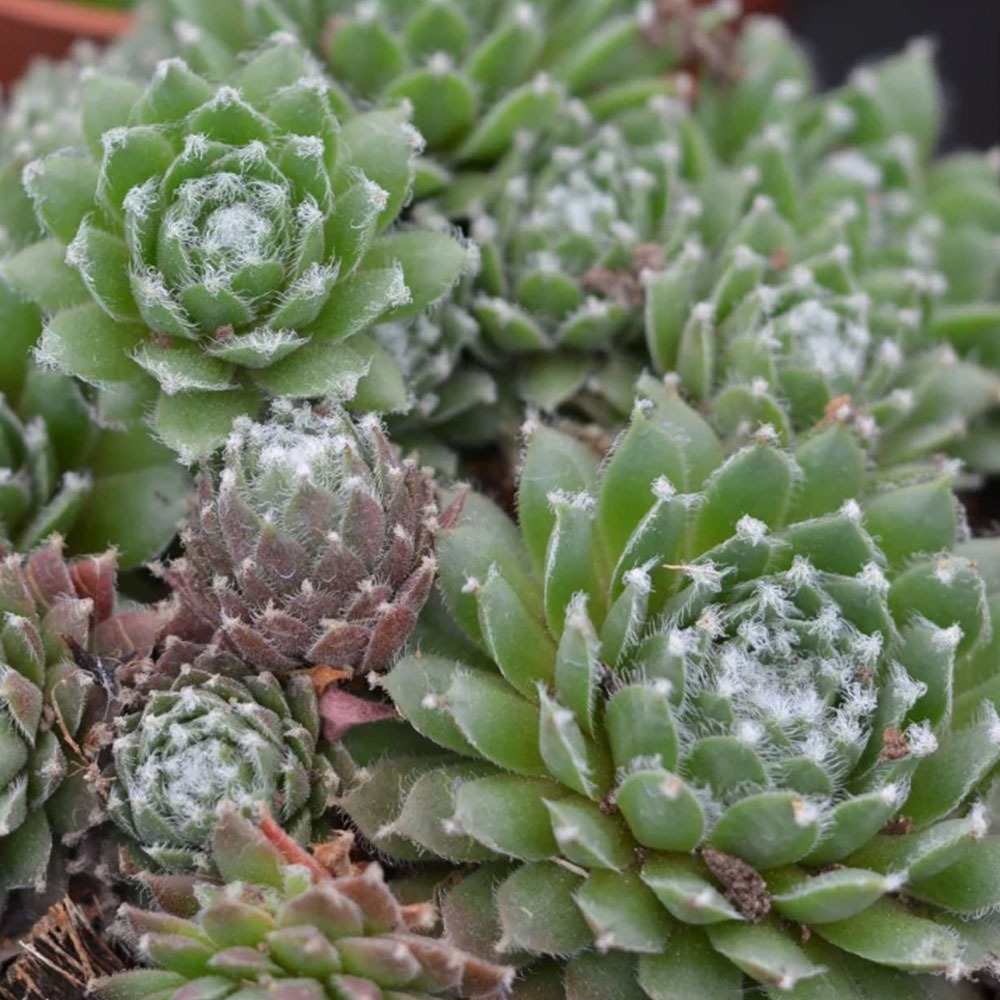
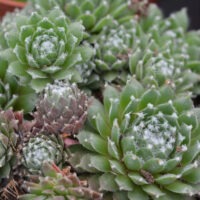
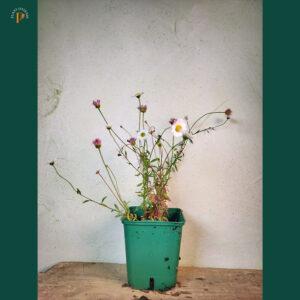
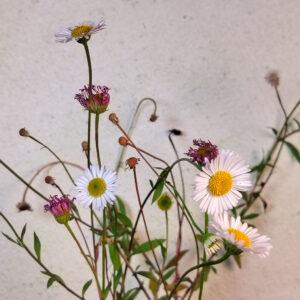



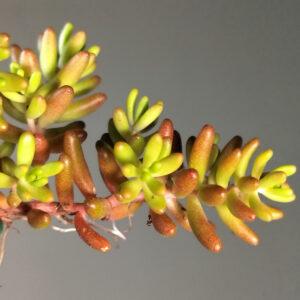


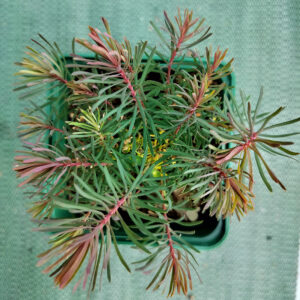
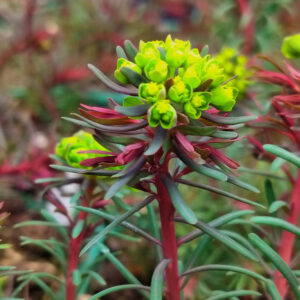
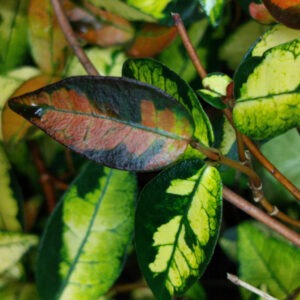


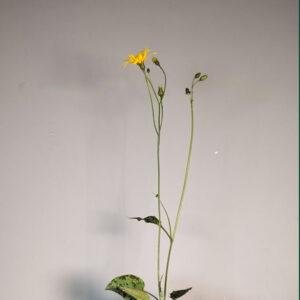
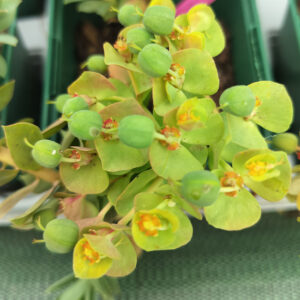
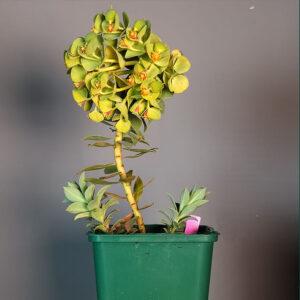
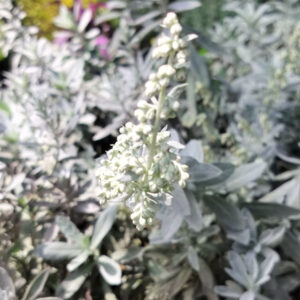
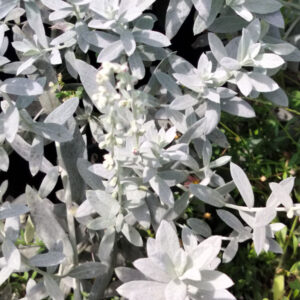

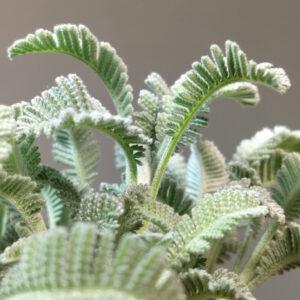
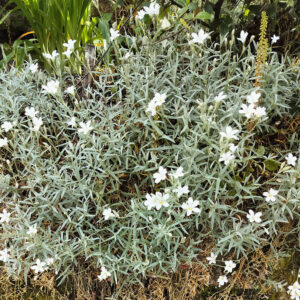
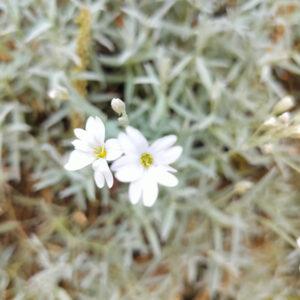
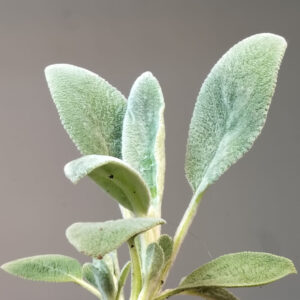

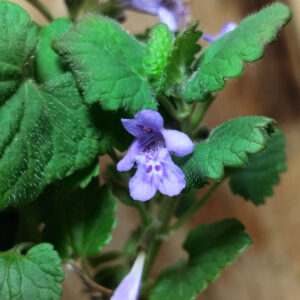
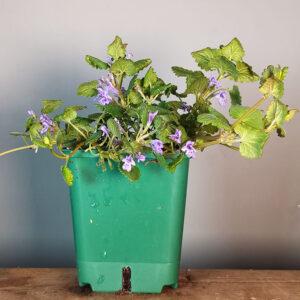
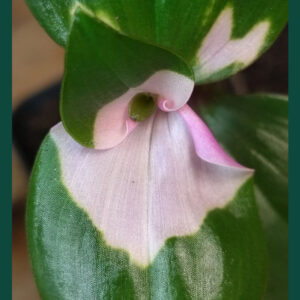
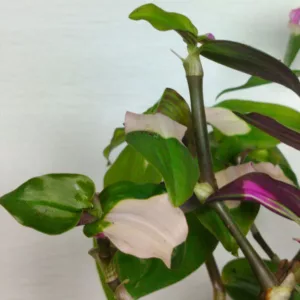

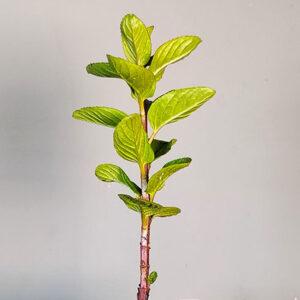
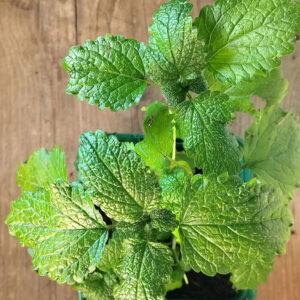
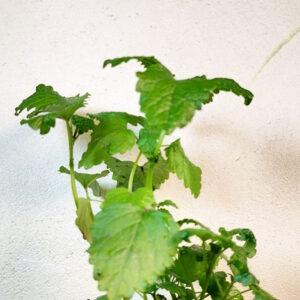
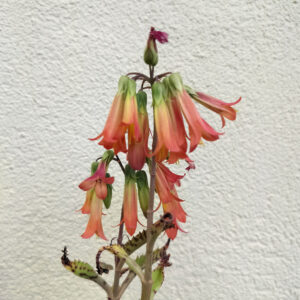
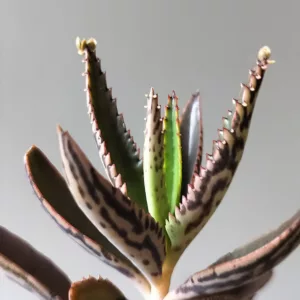


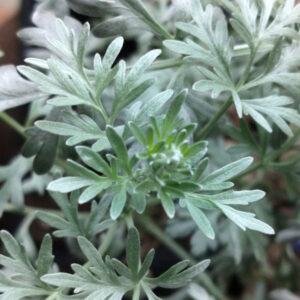
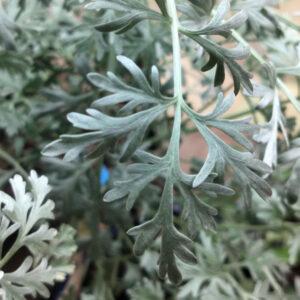

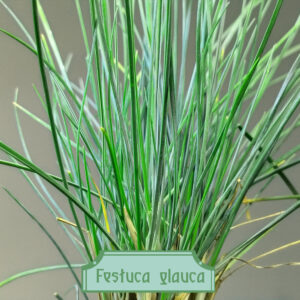
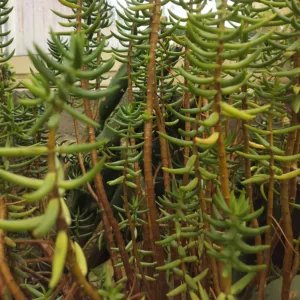
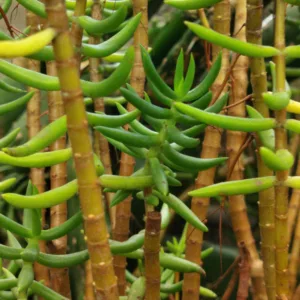
There are no reviews yet.